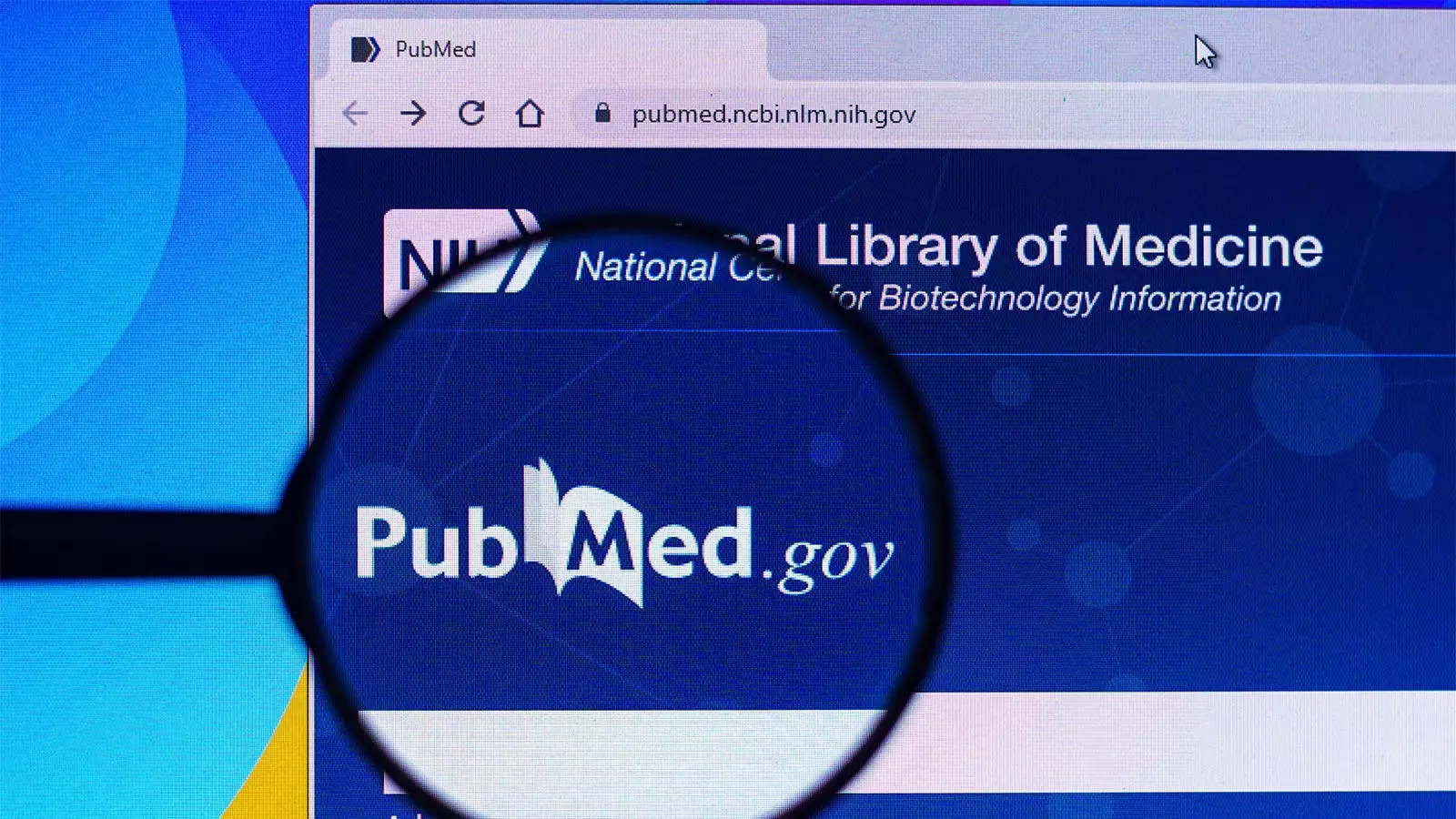The significance of transparency in scientific research cannot be overstated, particularly when it comes to potential conflicts of interest (COIs). Despite a gradual increase in the inclusion of COI statements in scientific literature, data suggests that many scientific journals continue to neglect this essential aspect of research integrity. According to a comprehensive study of over 7,000 journals indexed on PubMed, only 33.2% had at least one article featuring a posted COI statement in 2021, a modest rise from 25.9% in 2016. This slow adoption rate raises questions about the mechanisms that impede full disclosure and the implications of these practices on scientific integrity.
The findings reveal a disconcerting trend: while the overall number of articles with disclosed COI statements has surged from 9% in 2016 to approximately 43% in 2021, substantial gaps remain, especially in higher-impact journals. Out of around 4,000 articles published in the top 40 journals in 2021-2022, only 30.2% had openly stated their COIs, with 63.3% of these articles also utilizing the dedicated COI field on PubMed. Peter Lurie, MD, MPH, from the Center for Science in the Public Interest, emphasizes the lack of systematic adherence to the field established by the National Library of Medicine in 2017. The fact that a significant percentage of journals have chosen not to adopt this straightforward facility is alarming.
Potential Reasons for Underutilization
The study elucidates various potential reasons behind this underutilization of the COI field. One critical issue lies in inconsistent data transfer between journals and PubMed. Many journals may provide funding or acknowledgment sections within their articles yet fail to include an explicit COI statement. As Lurie points out, this inconsistency indicates a lack of standardized reporting practices across different journals. Researchers submitting articles are often faced with a diverse array of requirements, leading to idiosyncratic practices rather than a cohesive standard of reporting COIs.
Moreover, it’s vital to consider that some journals may not be aware of or may not prioritize the use of the COI field at all. Given that the National Library of Medicine introduced this feature several years ago, there is no justification for the continued ignorance or disregard by a significant portion of publishing scientific journals. The absence of serious outreach from the National Library of Medicine to those journals not utilizing the COI field is another contributing factor to this oversight.
The Importance of Comprehensive COI Reporting
Comprehensive COI reporting is essential for maintaining trust within the scientific community and with the public. The potential for bias in research findings due to undisclosed COIs is substantial. Transparency fosters accountability and provides stakeholders with the necessary information to assess the credibility of published findings. The absence of clearly stated COI information allows for speculation and diminishes the reliability of scientific output.
The ideal scenario would be a near-universal implementation of COI disclosures in the PubMed field. Research institutions, funding bodies, and scientific journals all have a shared responsibility to uphold the integrity of scientific research. To this end, providing clear guidelines and resources on COI reporting is crucial. Journals must actively engage with their authors regarding the importance of these statements and ensure that they are systematically recorded in an articulate manner.
To bridge the gap in COI reporting, journals need to adopt a proactive stance in promoting transparency. This involves not only a commitment to utilizing the COI field on PubMed but also developing consistent internal policies regarding how COIs are reported and managed within their publications. Furthermore, the National Library of Medicine and other relevant institutions must bolster their outreach initiatives to encourage wider adoption of the COI disclosure field across the board.
On the researchers’ side, there must be an emphasis on understanding and complying with the reporting standards required by their respective journals. Knowing the nuances of COI statements and their implications for research credibility is crucial for authors at every stage of their publishing journey.
While the increasing trend in the reporting of COIs is a positive development, the persistence of underutilization highlights deep-seated issues within the publication ecosystem. The road to full transparency in scientific research will require concerted efforts from journals, researchers, and regulatory bodies alike. Only through dedicated action can the aspiration for integrity and authenticity in scientific literature be achieved, ensuring that the body of research remains trustworthy and accountable.


Leave a Reply